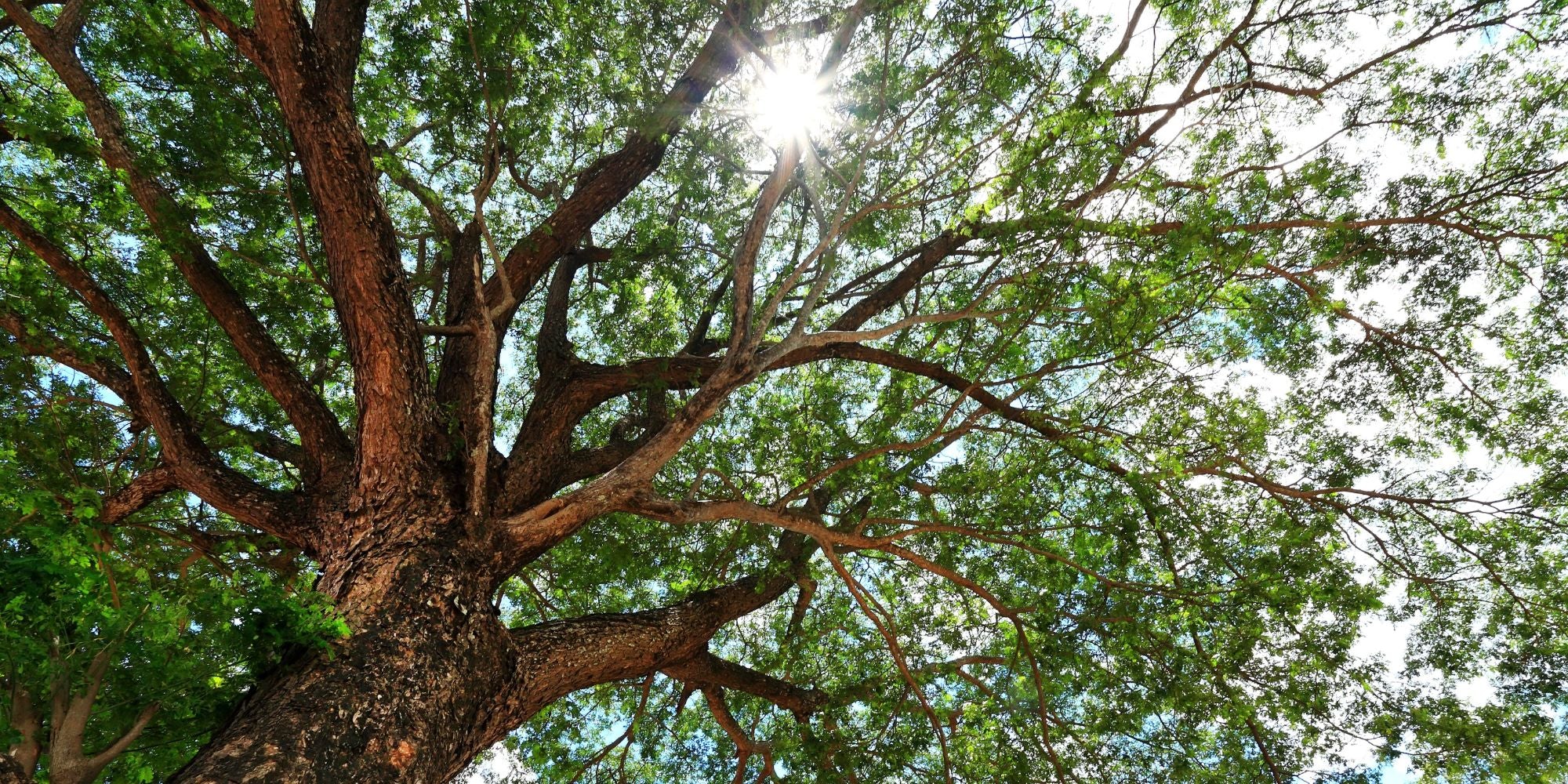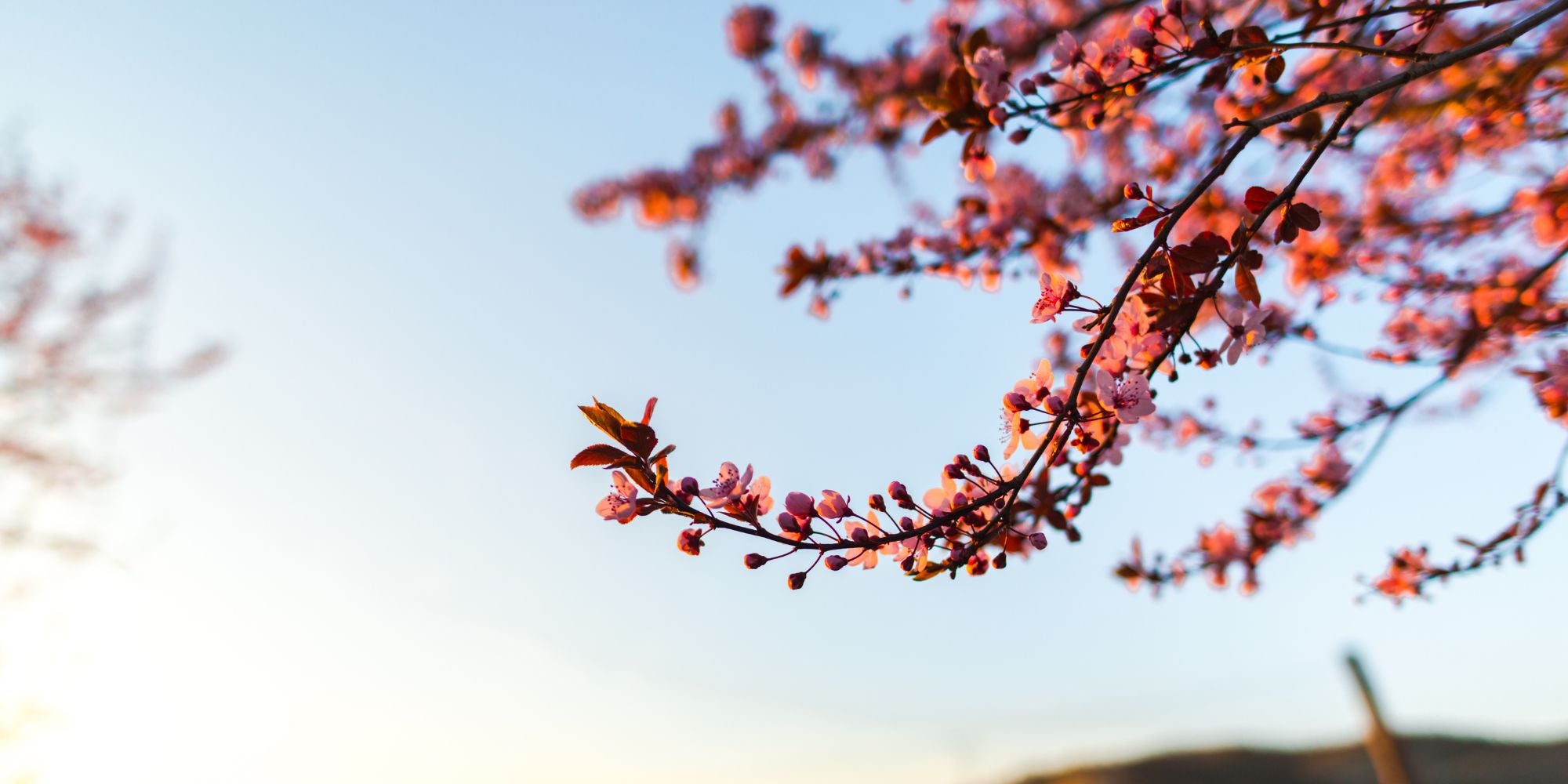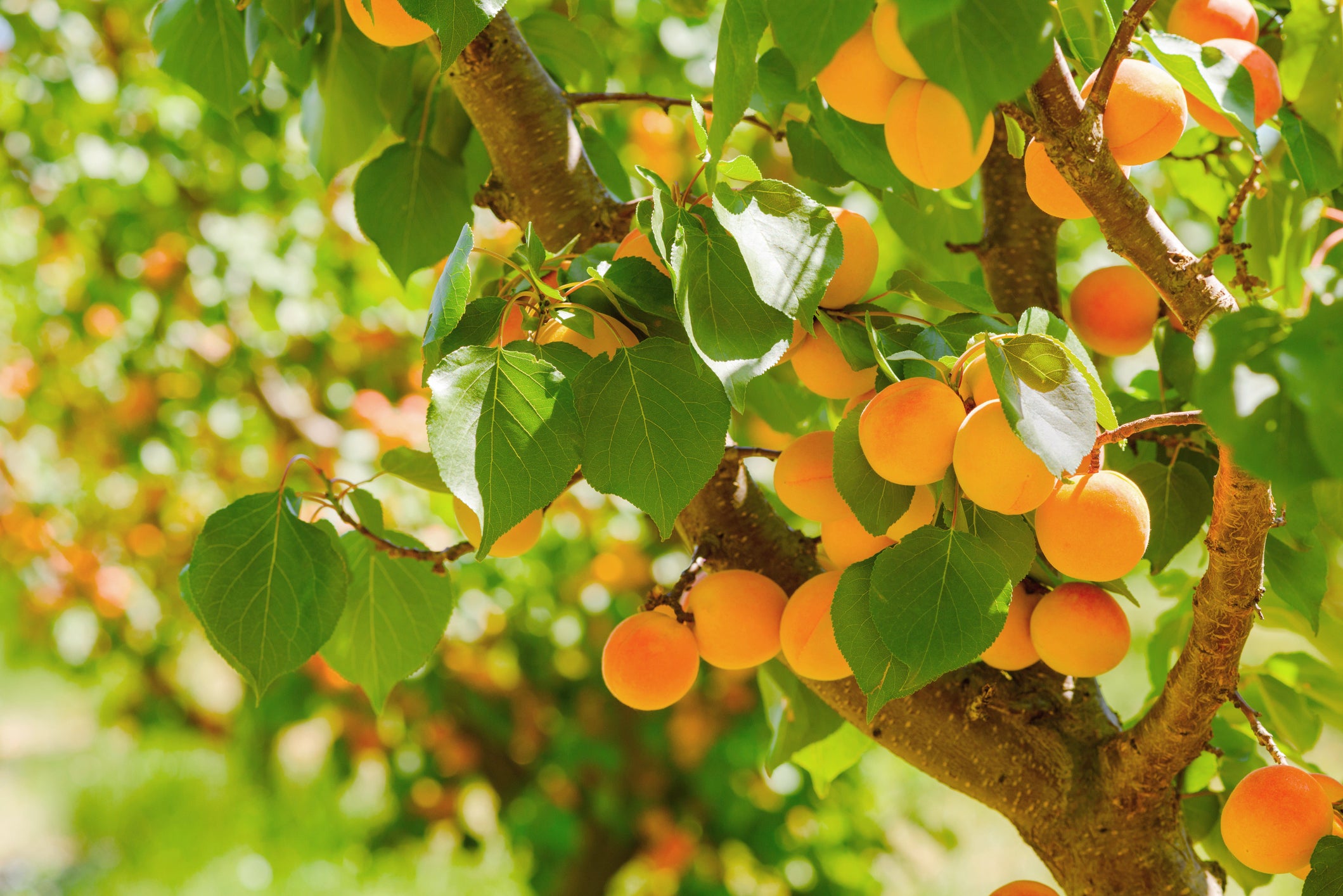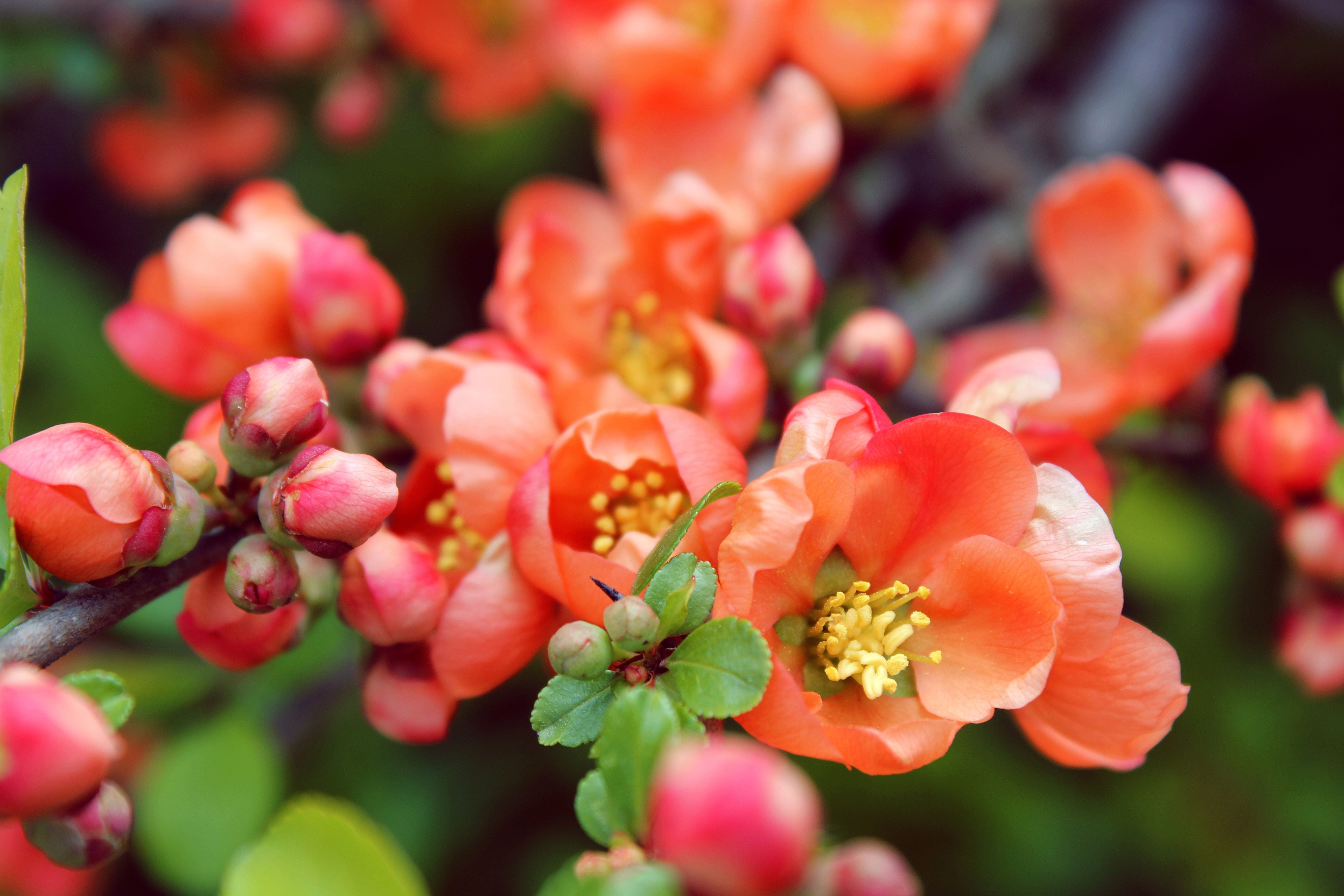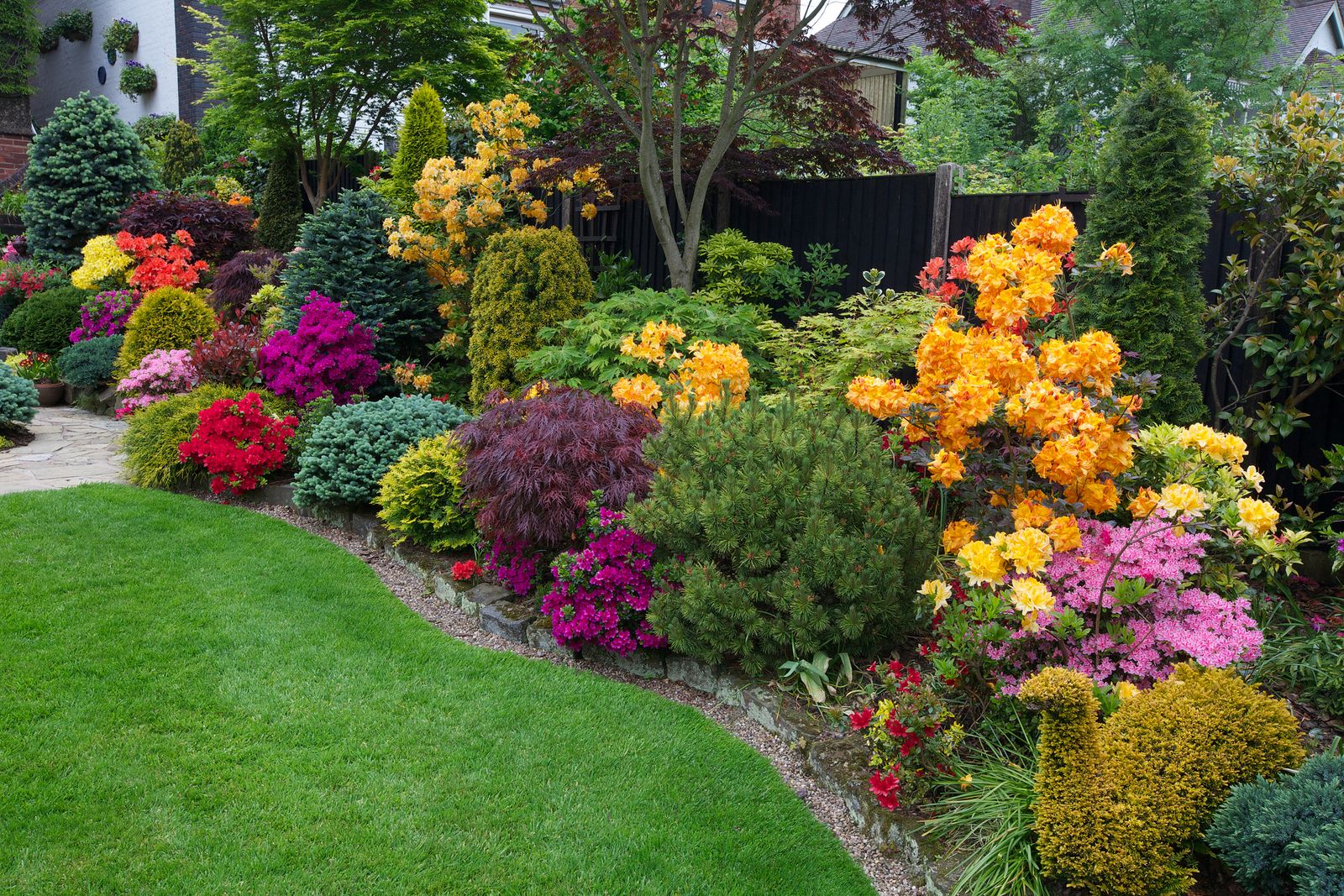Pink Lady Vs. Honeycrisp: What Is The Difference?
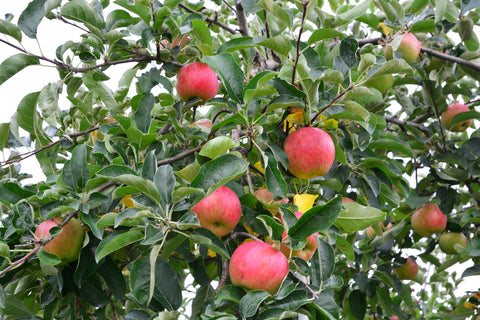
In the sweet world of apples, choosing between Pink Lady vs. Honeycrisp is a common debate. Each variety has its own unique characteristics and flavors, so let's take a closer look at these two popular apple types to help you make an informed decision.
Origins and Development
Pink Lady and Honeycrisp apples have fascinating stories behind their creation. Both varieties were bred through careful selection and crossbreeding to achieve their distinct traits. The Pink Lady apple, also known as Cripps Pink, originated in Australia in the 1970s, whereas Honeycrisp apples were developed at the University of Minnesota and introduced to the market in the 1990s.
The development of these apples involved extensive research and experimentation to produce fruits with exceptional taste, texture, and appearance. Breeders crossed various apple varieties to create hybrids that would thrive in different climates and offer consumers a delightful eating experience.
Physical Characteristics
In terms of appearance, Pink Lady and Honeycrisp apples have their own unique allure. Pink Lady apples are renowned for their vibrant pink or rosy skin, which sets them apart from other varieties. Their skin has a distinct blush, giving them a visually appealing look that stands out on grocery store shelves.
On the other hand, Honeycrisp apples boast a bright red and yellow skin, with a crisp and juicy texture. Their appearance exudes freshness and invites you to take a bite and experience their crunchy goodness. Both varieties come in various sizes, but Pink Lady apples tend to be slightly larger compared to Honeycrisp.
Flavor Profile
The flavor profile of Pink Lady and Honeycrisp apples is where the real magic happens. Pink Lady apples are particularly recognized for their sweet yet tart taste, striking a perfect balance between sugary sweetness and tangy acidity. Each bite bursts with juiciness, leaving a refreshing sensation on your palate.
In contrast, Honeycrisp apples offer a unique combination of sweetness, tartness, and crispness. Their flavor is characterized by a honey-like sweetness with a hint of acidity, creating a delightful contrast of flavors. Whether enjoyed fresh or used in culinary creations, Honeycrisp apples never fail to impress with their exceptional taste.
Culinary Uses
Both Pink Lady and Honeycrisp apples are incredibly versatile in the kitchen, offering a wide range of culinary possibilities. Pink Lady apples are prized for their firm texture and sweet yet tart taste, making them ideal for eating fresh, slicing into salads, or using in desserts such as pies, tarts, and crisps. Their crispness holds up well when baked, adding a delightful crunch to baked goods.
Similarly, Honeycrisp apples are perfect for snacking due to their crisp and juicy texture. They are also excellent for fresh eating and can be incorporated into various recipes, including salads, sauces, and baked goods. Their sweet and refreshing flavor enhances both sweet and savory dishes, making them a favorite among home cooks and professional chefs alike.
Growing Conditions
To cultivate Pink Lady and Honeycrisp apples successfully, it's crucial to provide them with the right growing conditions. Pink Lady apple trees thrive in warm climates with plenty of sunlight. They require a long growing period and a hot climate to develop their distinctive pink color and optimal flavor. These apples are typically grown in regions such as Australia, South Africa, the United States, and southern Europe, where the climate is conducive to their growth.
On the other hand, Honeycrisp apple trees prefer cooler climates and can withstand cold temperatures. They are well-suited for regions with cold winters, such as the Midwest and Northern United States, where they thrive in hardiness zones 3 to 7. Honeycrisp trees require adequate sunlight, preferably around eight hours of direct sunlight daily, to ensure healthy growth and fruit development.
Harvesting and Availability
The harvesting season for Pink Lady and Honeycrisp apple trees varies depending on the geographical region and growing conditions. Pink Lady apples are typically harvested in the fall, starting from late November in the Northern Hemisphere. However, due to their long storage life, Pink Lady apples are available almost year-round from orchards in both the Northern and Southern Hemispheres.
Conversely, Honeycrisp apples are usually ready for harvest in September, with the tree blossoming in April. These apples are harvested when they reach their peak ripeness, characterized by their vibrant color and firm texture. While the harvesting window for Honeycrisp apples may be shorter compared to Pink Lady, they are widely available during the fall months in regions where they are grown.
Choosing Between Pink Lady Vs. Honeycrisp
Pink Lady and Honeycrisp apples are two distinct varieties that offer unique flavors and characteristics. Whether you like the sweet yet tangy taste of Pink Lady or the honey-like sweetness of Honeycrisp, both apples are sure to delight your taste buds and elevate your culinary creations.
At Tristar Plants, we offer both these beloved apple varieties so you can get the best of both worlds. You can trust that all our apple trees and plants are free from pests, diseases, and any damage to the main stem. Your satisfaction and the health of your plants are our top priorities, and we are dedicated to upholding our promise of excellence in every aspect of our service.


